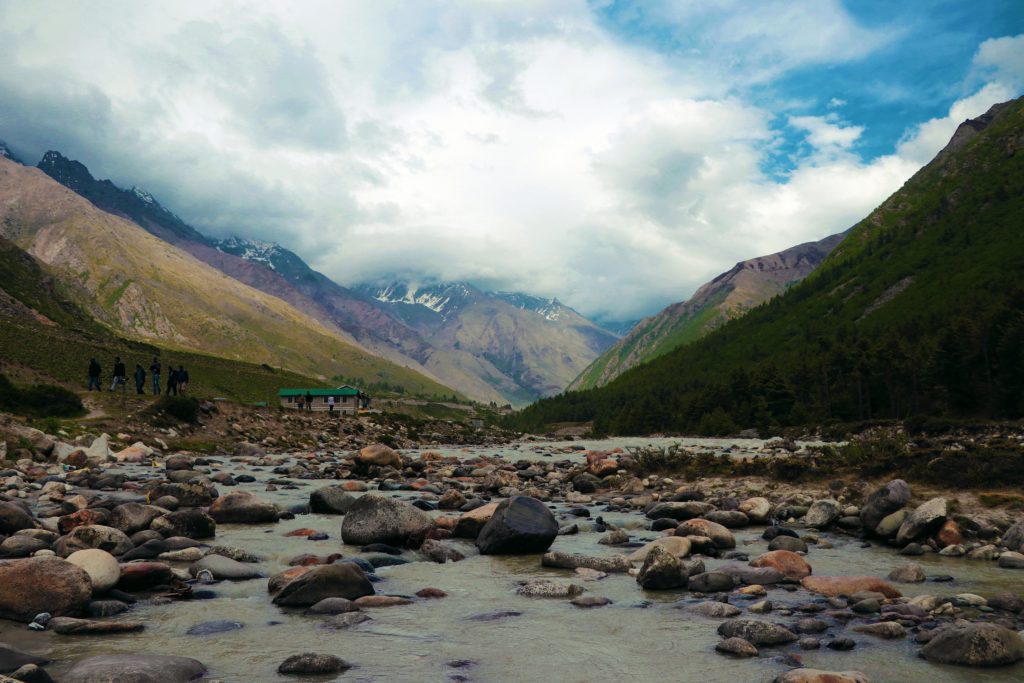Our fairly unpleasant sojourn with the coronavirus isn’t quite over yet, and mandates like wearing masks are likely to be around for the foreseeable future. But with the vaccine roll-out in effect, travel is picking up the pace. The past two years had us not just deprived of traveling around, but had us confined to our homes, and boy oh boy are travelers out for revenge. Among the destinations that travelers in India have flocked to, the mountains of the north are the most frequented, and we’ve got the insights to prove it.
Revenge Travel
2020 saw a drastic drop in travel and occupancy rates; at goSTOPS, we were down to nearly one-third of the bookings we clocked in 2019. Trips were scarce, and whatever trips happened were short, visible by the almost 38% drop in the total number of room nights booked. But by the beginning of August 2021, we had already crossed the total number of bookings clocked in the entire year of 2020 across our properties.
From the youth to couples to entire families, Indians throughout the country are trying to make up for lost time with revenge travel. Reports shared by the Credit Rating Agency (CRA) show that there was a 57% increase in the number of Indian domestic passengers in the month of July, the same month in which the second wave decreased. More significantly, it was the month immediately after Himachal Pradesh’s move to revive tourism.
Moths To A Flame
The state of Himachal Pradesh gets about 7% of its total GDP from the tourism sector, which is also important in terms of generating employment and foreign exchange earnings. But the virus had no favorites, unleashing its fury on everyone everywhere. A state that received an average of 1.3 crore tourists annually only saw 32 lakh tourists in 2020. Without a doubt, the blows were harsh.
But in the month of June 2021, the Himachal Pradesh government relaxed travel norms, the most significant being the removal of the negative RT-PCR test requirement. Within the next 35 days, over 6 lakh tourists flocked to the state. Twitterati went bananas as photographs of packed highways, traffic jams, and serpentine rows of cars made for prime meme material. This overwhelming data begs the question, what hold does the majestic north have over the tourists in India?
Of course, the obvious answer would be that the relaxation of travel norms inspired this post-pandemic trend. But in a lot of ways, that was simply the spark needed to ignite the flame that was bound to blaze up in a matter of time. The pandemic and home isolation have taught people to slow down, to acknowledge the calm that unhurriedness brings. After all, work-from-home hours kept people on their toes whether they were the meditative type or not. And in this appreciation for a languid pace, it’s a languid place that attracts everyone’s attention. And what’s more languid, more laid-back and peaceful, than the many mountain escapes of Himachal?

According to Vipul Prakash, COO of MakeMyTrip, “More and more people therefore, will prefer travel that balances their itinerary with a languid pace affording them the time to explore more while eliminating the stress of rushing around many places to tick the boxes,” I happen to wholeheartedly agree – after all, the rise in our goSTOPS bookings throughout Himachal is proof enough.
The Numbers Game
From Himachal Pradesh’s many, many choice destinations, data shows that Dalhousie, Narkanda, Shimla, Manali, and Lahaul-Spiti were the places of choice. goSTOPS data from January to July 2021 aligns with this movement towards the hills, with goSTOPS Manali, Mcleodganj, and Leh seeing occupancy rates of 46%, 37%, and 31% respectively. A place that’s a popular attraction for the adventure-lovers, our Bir property saw a whopping occupancy rate of over 50%.
Offbeat destinations Palampur and Naggar also saw a rise in the occupancy rate, with each having clocked in 27% and 16% occupancy respectively. The proof is in the pudding – clearly, people are in search of that solace away from the cities, and are even going to offbeat locations to avoid the crowds that throng the more popular ones. The question now is, with an alleged third wave possibly looming on the horizon, will the numbers dip and dive yet again? Only time will tell.


